(3370 products available)







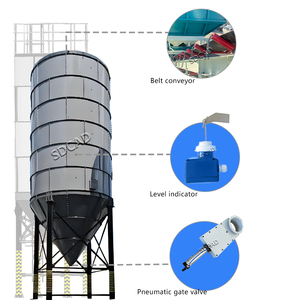














































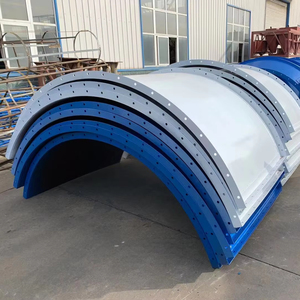











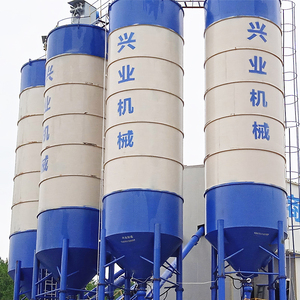





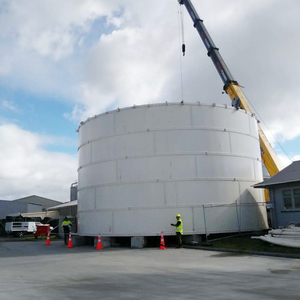














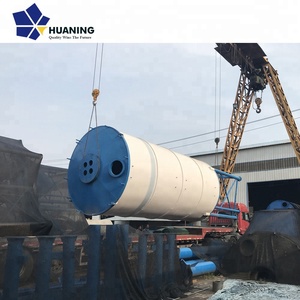




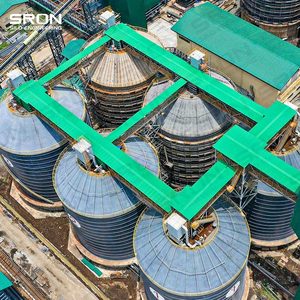













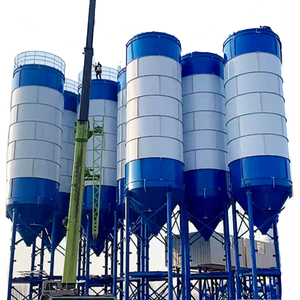







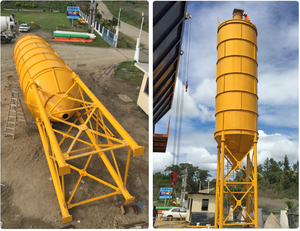



















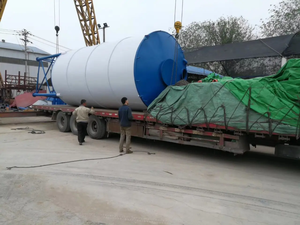







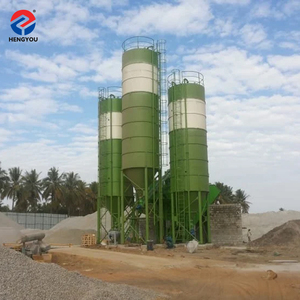
























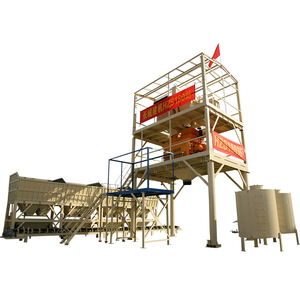
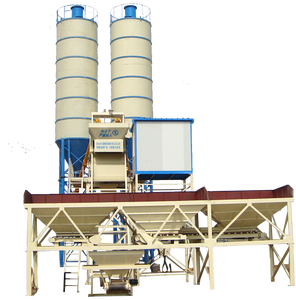

















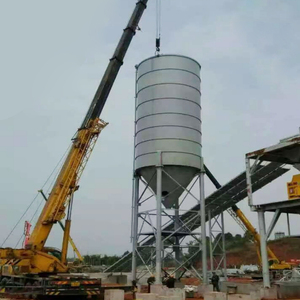

























An ash silo is a large container used for storing ash, which is a solid residue after the combustion of materials like coal, biomass, or municipal solid waste. There are various types of ash silos available in the market that can be used for a range of applications.
Industrial Silos for Ash Storage:
Industrial silos for ash storage are large containers typically used by industries for storing ash. They are manufactured from either steel or concrete and are designed for storing fly ash, wood ash, or bottom ash. Bottom ash silos are usually installed in power plants where coal is used to generate electricity. They provide a convenient and efficient way of storing the residue. The bottom silos can have a cone-shaped or flat bottom, and they are emptied from the bottom using pneumatic or mechanical systems.
Gravity-Flow Silos for Ash Storage:
Gravity-flow silos can be used for both bottom and fly ash. They are designed to utilize the force of gravity to discharge the stored ash material. Gravity-flow silos have a hopper-shaped bottom that promotes the flow of ash by gravity. The hoppers usually have a V-shaped or flat bottom, and they are ideal for storing free-flowing ash materials.
Live-Bottom Silos for Ash Storage:
Live-bottom silos for ash storage are sometimes also referred to as continuous-flow silos. They are ideal for storing materials that require constant ash withdrawal. Live-bottom silos have a flat bottom and an ongoing ash withdrawal system that typically consists of belt conveyors or augers. They provide consistent and reliable ash discharge rates, and this makes them suitable for applications where steady supply and withdrawal of ash is required.
Capacity:
The capacity of ash silos varies greatly depending on the specific industrial needs, ranging from a few tons for small-scale operations to several hundred tons for large-scale power plants and industrial boilers.
Dimensions:
The dimensions of an ash silo depend on the capacity and the available space in the plant. Typical heights range from 10 to 30 meters, while diameters vary from 5 to 15 meters. The dimension is usually determined by the volume of ash that needs to be stored, as well as the handling systems' compatibility with the silo.
Silo types:
An ash silo can be an ash storage silo for long-term storage, an ash cooling silo to cool the hot ash from the boiler, or an ash separation silo that separates the bottom ash from the fly ash.
Material:
Common materials for the construction of ash silos include carbon steel, low alloy steel, stainless steel, ductile iron, high strength steel, and aluminum alloy.
Cleaning:
Regular cleaning of the silo interior and exterior is essential to prevent the accumulation of dust, debris, or material residues, which can affect the air quality, equipment performance, and safety.
Inspection:
Regular inspections ensure any problems, such as structural damage, deformation, cracks, or leaks, are identified and addressed promptly, thereby improving the safety, reliability, and performance of the silo.
Dealing with the weather:
In areas with extreme weather conditions, such as high temperatures, cold, rain, snow, or wind, take appropriate measures to avoid or reduce the impact of adverse weather on the silo.
Power plants:
Fly ash silos are commonly used in power plants, especially those that burn coal for fuel. Such types of power plants are known to generate a significant amount of ash, which needs to be stored and managed efficiently. Because of that, fly ash storage silos provide a controlled environment for storing the ash until it can be disposed of or utilized.
Construction sites:
Fly ash is a supplementary cementitious material that can be used in concrete to replace a portion of the cement.
Using fly ash not only reduces the amount of cement needed but also improves the concrete's strength and durability. Additionally, incorporating fly ash into the concrete mix can enhance its workability and finish, making it easier to manipulate and resulting in a smoother final product.
Cement plants:
Cement plants often utilize ash silos as part of their production facilities. In these setups, cement additives silos are employed to store various additives that can be mixed with cement to enhance specific properties or characteristics.
Chemical and pharmaceutical industries:
Ash silos can also be found in chemical and pharmaceutical industry facilities. There, they serve the purpose of storing powdered raw materials that are used in the production processes.
Since the demand for an effective, organized, environmentally safe way to store ash is on the rise, knowing the parameters to consider when buying or investing in an ash silo is very important. The benefit of keeping in mind the following factors is that buyers will end up with an ash silo that performs efficiently and is compatible with their needs.
Type of ash:
Fly ash, bottom ash, and biomass ash differ in size, cohesiveness, humidity, temperature, and chemical properties. Also, the behavior of the ash under pressure and vacuum differs. Hence, the type of ash being handled is the first critical parameter to consider when choosing an ash storage silo.
Transfer system:
How the ash will be transferred to the silo is another important factor to consider. Various transfer systems like chain conveyors, water hydrants, air classifiers, pneumatic pumps, and drag chain conveyors can be used to transfer ash to the silo. The method that will be used depends on the type of ash being handled, the distance from the source, and the preferred method of transfer.
Management system:
The effective handling of ash silos can be guaranteed through an excellent management system. This is important because it ensures that all components, from the feed system to the extraction system, work fathomlessly together. This leads to an efficient and optimal performance of the ash silo. The kind of management system available should be considered, as it influences how well the silo works.
Capacity and dimensions:
The amount of ash generated on a periodic basis (daily, weekly, or monthly) will influence the size and capacity of the silo to be chosen. Also, the space available at the site will influence the dimensions of the silo (height, diameter, and overall size).
Material:
The material from which the ash containment structure is built should be able to withstand the corrosive properties of the ash. To this end, materials like carbon steel, galvanized steel, epoxy-coated steel, and stainless steel are considered. In some instances, to avoid leakages and guarantee optimum evenness, the interior of the silo is coated with an anti-static polymer.
Extraction system:
This is the part of the silo that comes in contact with the ash. It is used to withdraw the ash that is stocked in the silo. The system used depends on the kind of ash, its temperature, how much of it there is, and environmental concerns. Common extraction systems include cone bottom hoppers and drag chain conveyors.
Environmental features:
Some factors to consider are because of the need to store ash environmentally safely, anti-leak designs, dust suppression systems, filters, and monitoring sensors, which are now standard features in most modern ash silos. Anti-dust designs prevent the escape of fine ashes into the air. Filters utilized usually include bag-house filters and pulse jet filters and are used to trap any dust particles that are emitted during the extraction procedure. While monitoring sensors inform managers of everything going on inside the silo to prevent accidents and make maintenance easy.
Q1: What are the benefits of ash silos?
A1: The benefits include efficient storage, environmental compliance, material versatility, automated management, and optimized space utilization.
Q2: How does an ash silo work?
A2: Silos for ash use gravity-fed systems and automated mechanisms. They feed processed ash into the silo's hopper or bin. Then, some devices like augers, screws, or vibrators transport the ash to the outlet or discharge point. The automated systems may use level sensors to ensure there is optimal ash material in the silo.
Q3: Can they store other types of residuals?
A3: Some ashs silos can store other types of residuals like cement, dust, or slag. Those silos will use specific transport systems to avoid material segregation or contamination.